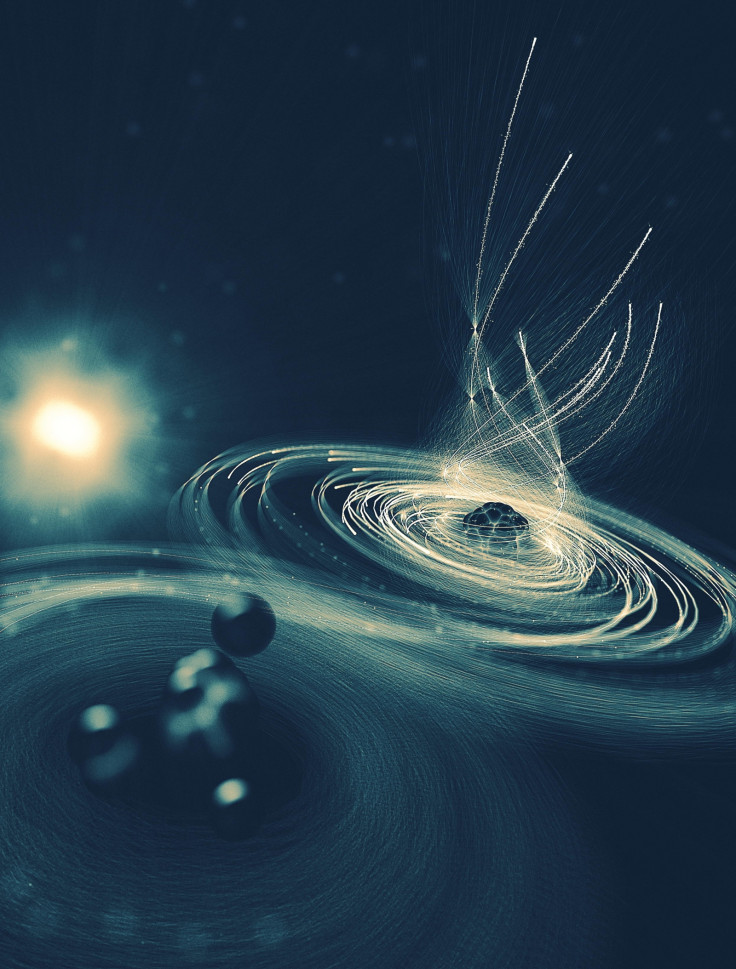'Black hole' created in lab with X-ray laser - and it's stronger than the type you find in space
The black hole gobbled up almost all nearby electrons before exploding.

Just one pulse from the world's most powerful X-ray laser beam was enough to create a 'black hole' within a molecule that almost entirely stripped it of electrons before the molecule exploded.
In fact, the molecular black hole was a lot stronger than any kind you would find in space, according to a report on the findings published in the journal Nature.
The experiment used an X-ray beam that was about 100 times more intense than all of the sunlight hitting the earth focused onto an area the size of a thumbnail. This was aimed at a tiny crystal of a substance called iodomethane. It contains an atom of iodine, which is large and heavy, and interacts with X-rays.
The X-rays stripped away these electrons, which are negatively charged, leaving behind an incredibly strong positive charge on the iodine. This is was so strong that it sucked in electrons from the rest of the molecule within a few millionths of a billionth of a second. Then they were too blown away by the X-rays.
In total, 54 of the molecule's 62 total electrons were stripped away. This created the most strongly positively charged iodomethane molecule that has ever been observed. Unable to withstand this charge, the molecule tore itself apart into fragments.
The force that these electrons experienced from the charged iodine atom – known as an ion – was truly immense. Unlike an astronomical black hole, the force giving the molecular black hole its attraction was the Coulomb force rather than gravity. For an electron, this force is much stronger than what it would experience if it was near a black hole in space.
"A real black hole would never be able to exert the same force on an electron as the system that we've produced," study author Robin Santra of the Center for Free-Electron Laser Science in Germany told IBTimes UK.
"Even though one would think a black hole would be such a powerful source of gravitational force, it cannot beat the Coulomb force of this highly charged iodine atom."

But the molecular black hole was like the kind found in space in several ways. First, the way that the Coulomb force changes with distance is comparable to the force of gravity. Second, the electrons were blown away from the highly charged iodine ion.
"That's why at the end the situation looks a bit like when you have a black hole and a nearby star. The stellar mass flies into the black hole, but you typically see jets of matter blown out from the black hole as well," Santra said.
"Here we have a similar situation where electrons are pulled into highly charged iodine atom, and at the same time you see matter being blown out from atom because of the X-ray pulse. It's a highly dynamical process."
The discovery will help scientists fine-tune how they use the most powerful X-ray sources, such as the Linac Coherent Light Source X-ray free-electron laser at the SLAC National Accelerator Laboratory in the US, which was used in these experiments. The findings could eventually help get a clearer view of the fine structure of viruses and bacteria, although at the moment the work is very much in the fundamental stages, Santra said.
© Copyright IBTimes 2025. All rights reserved.






















